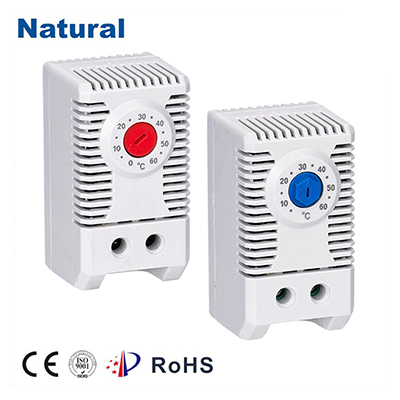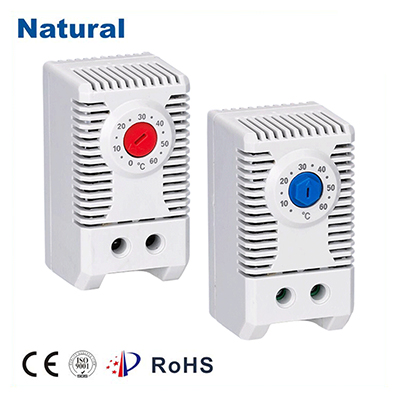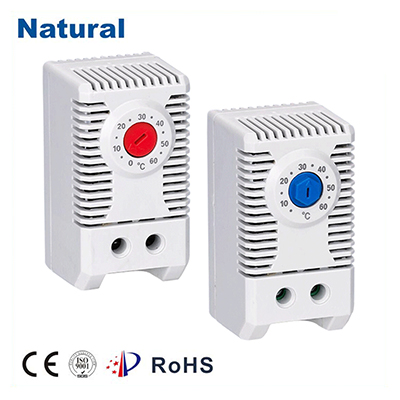Contact thermostats are integral devices widely used in various heating and cooling systems to maintain desired temperature levels in residential and commercial settings. These thermostats play a crucial role in energy efficiency, comfort, and equipment protection. This article explores the workings, applications, benefits, and considerations related to contact thermostats.

What is a Contact Thermostat?

A contact thermostat is a temperature-sensing device that activates or deactivates heating or cooling systems based on predetermined temperature settings. It consists of two primary components: a temperature sensor and a set of contacts that open or close based on the temperature reading. When the temperature rises or falls to a specified level, the thermostat closes or opens the contacts, thereby controlling the operation of the connected system, such as a furnace, air conditioner, or heat pump. How Do Contact Thermostats Work? The functioning of a contact thermostat relies on the principle of temperature sensitivity. Most contact thermostats use a bimetallic strip or a thermistor as the temperature sensor. In a bimetallic strip, two different metals are bonded together and expand at different rates when heated. This differential expansion causes the strip to bend, triggering the contact mechanism.
